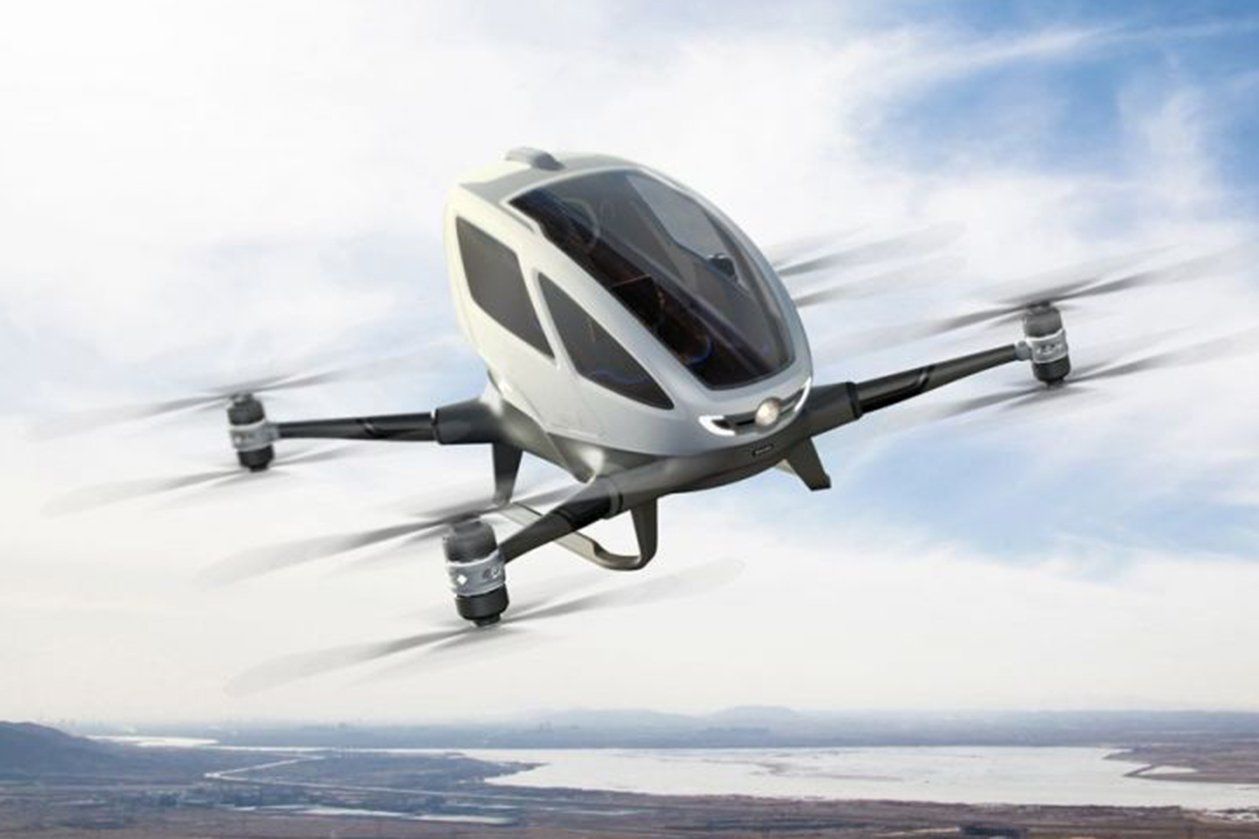
Hardly a week goes by when another story about autonomous drones whisking passengers over traffic-choked city streets fails to portend the George Jetson future. Less in evidence are reports on rapid progress in the regulatory foundation for such technology and at this week’s AUVSI XPONENTIAL Expo in Denver, the crystal ball is hardly clearer.
In one XPONENTIAL session, UAS expert Johnny Walker reviewed the laborious history of drone regulation thus far and he offers no predictions on where it’s going for the passenger-carrying variety, at least time wise. “I don’t know. Think about it … the idea of NextGen came about 20 years ago. When I retired from the FAA in 2001, the plan was to do just what we’re talking about now. Other priorities came up,” said Walker, who remains involved in the UAS industry as an airspace expert.
When asked point-blank when such vehicles might be a reality, he says, “Well, probably beyond 2020.
One of the issues that comes to mind is how airspace is delegated in the United States. The airspace hasn’t changed since the 1950s. The sectors and how we develop sectors is the same.” NextGen may change this because in so-called performance-based airspace, the system won’t need large volumes of airspace for commercial traffic and that will theoretically free up other airspace for unmanned or manned autonomous vehicles.
This week, the FAA announced the initial implementation of the Low Altitude Authorization and Notification Capability or LAANC. While it’s seen as a great step forward because it streamlines approvals, it’s still a small step. “Keep in mind,” Walker said in this podcast recorded at EXPONENTIAL, “that program is for visual line of sight only. It takes a lot of burden off the FAA for individual approvals.”


































